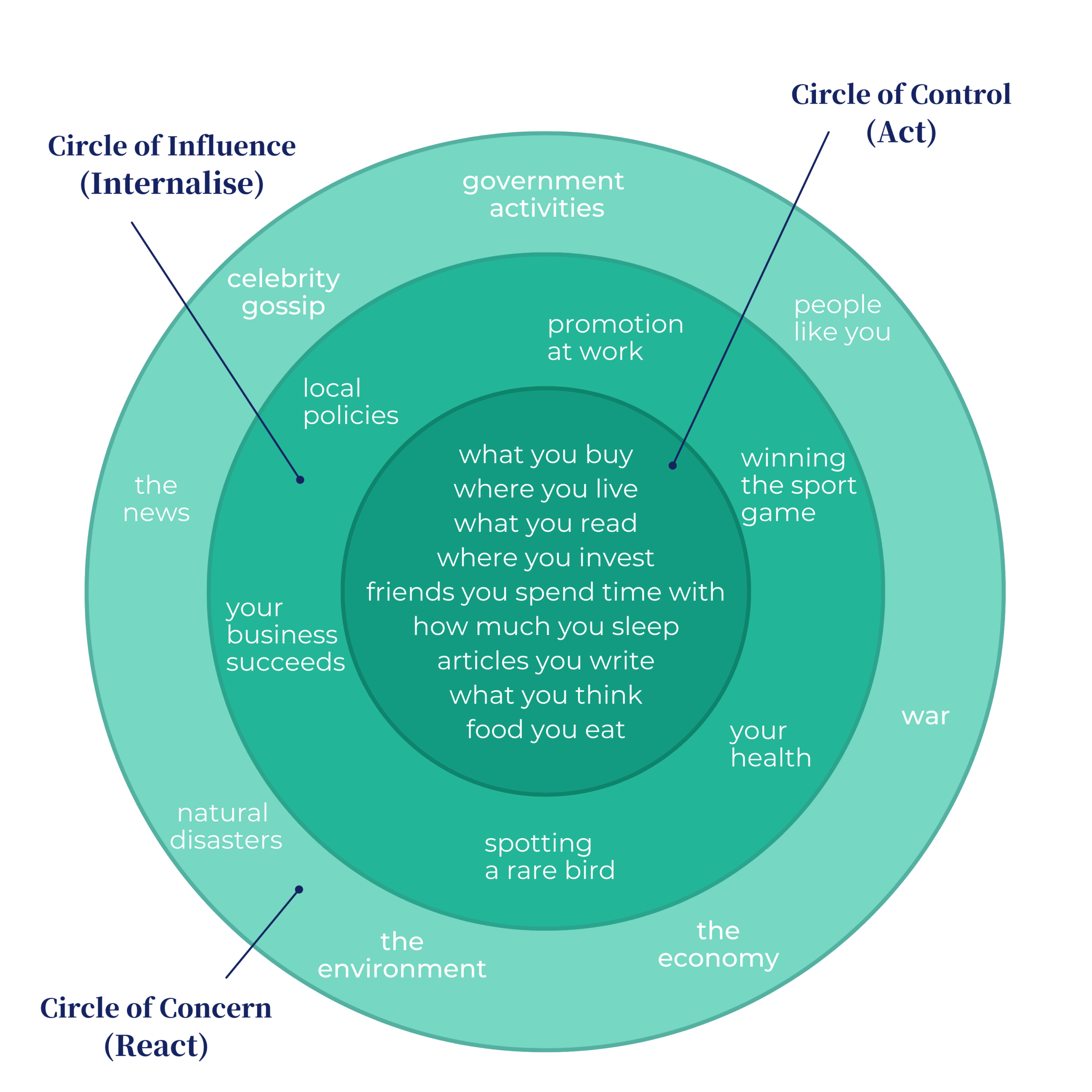Why it’s important to help upset customers
Especially when you’re not personally involved in the problem, you’ll sometimes find yourself asking: why exactly do I have to help this person?
There are several reasons in favour of reassuring customers during conflicts, even if the situation initially seems futile:
- Long-term loyalty: upset customers aren’t a lost cause. If a problem is solved constructively, these customers can even transform into ambassadors for the company.
- Positive feedback: want a positive review? If you solve a customer’s problem, there’s a good chance that they’ll give you a positive review or send an enthusiastic email to the company.
- Solution-oriented thinking: Maybe this problem has brought your attention to workflows or processes that aren’t functioning correctly. See this problem as an opportunity!
🧘 Want to reduce your stress levels and calm yourself down? Then practice mindfulness with us.
How to reassure customers during conflicts
Conflict is inevitable. But how do you handle it in practice when somebody comes to you visibly angry? Regina Goellner, communications professional and customer service expert explains: “Many customers just want to be heard.” This means that the first step is listening and reflecting on what the customer is saying. “It helps massively when the customer realises that we’re a team and we both want the same thing.”
When communicating, you can fall back on the following sentences:
- That’s very frustrating, I can understand that.
- How can we resolve the situation?
- How would you like us to handle the situation?
But, regardless of how well you prepare, it’s always possible that you’ll take certain criticisms to heart or that someone will catch you on a particularly bad day. “Constructive criticism is very important to me because it helps me to grow,” says Goellner, adding: “Sometimes I take a step back for a moment and return when I have a fresh outlook.” Swapping notes with colleagues will also help you to look at conversations like this in a different way.
But what if you’re stuck on duty and a situation is escalating? Our psychologists Eva Rüger and Judith Klenter have gathered a few tips for disrupting an anger spiral.
Tips for disrupting an anger spiral
- Acknowledgement: anger demands attention. Take a step back, if possible, to acknowledge your thoughts and emotions.
- Communicate your feelings: it often helps to name a feeling. Discuss this with colleagues who are nearby and who will understand.
- Don’t take it personally: we’re quick to take negative experiences personally, even if we know rationally that they aren’t about us. Distance yourself from this behaviour and try to remind yourself that it’s not about you.
- Remember your circle of influence: you can influence how you deal with a customer (friendly, proactive) but not how the customer reacts (emotions and context)
- Keep in mind your circle of control: be aware that there are certain things you can control and others you can’t.







